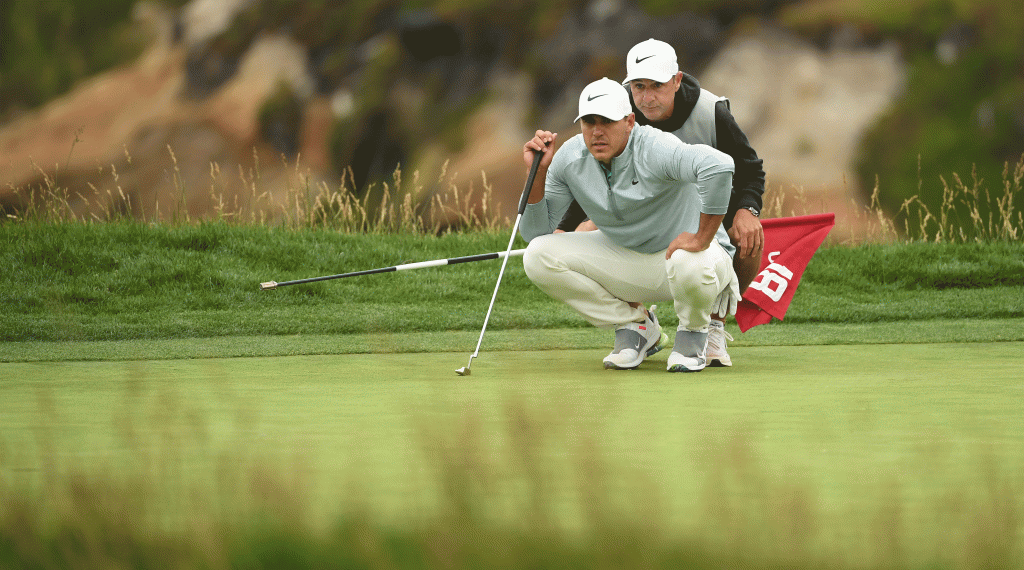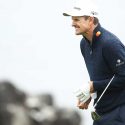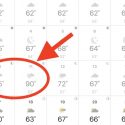 2025 PGA Championship sleeper picks: Here’s who might break out at Quail Hollow
2025 PGA Championship sleeper picks: Here’s who might break out at Quail Hollow
U.S. Open 2019: The players loved this less punishing U.S. Open setup. Did you?
PEBBLE BEACH, Calif. — However you felt about the less-than-bone-crunching course setup at this 119th U.S. Open, the United States Golf Association stayed out of the headlines, and we can all agree that’s a good thing.
For months leading up to this Open, endless ink had been spilled on past Open cock-ups — the “disgraceful” greens at Chambers Bay in 2015 (Ian Poulter’s word), too-gettable Erin Hills in ’17, the Slip ’n’ Slide conditions at Shinnecock last June — and whether the USGA would finally right the ship at Pebble Beach this week. And now, at long last, we have that answer. Or at least we know how the players feel about the test that the USGA presented to them over four grey, dank days here on the Monterey Peninsula.
“It’s a 10,” raved Chesson Hadley after a five-under performance that gave him his first career top-10 in a major. “The USGA couldn’t have done any more or less. I feel like anybody can play well here, a long hitter, a short hitter. Even if it was harder, I think Gary [Woodland] would probably still have been leading. And I think all the people that would have been there would still be there. I don’t think that would have changed much.”
Hadley’s review was the equivalent of a “certified fresh” rating on Rotten Tomatoes — as good as it gets. But wait, there’s more! “I think the USGA has just knocked it out of the park,” he said.
But what does Hadley know, right? He’s played in only one other Open, at shiny Shinny last year. What say you, Phil Mickelson, 28-time Open participant and long-time USGA dissenter? “It’s perfect,” Mickelson gushed after playing the weekend in a lackluster 75-75 to finish T-54. “It’s a perfect hard test. When you struggle a little bit or if you pull shots like I did, it’s very penalizing. And the guys that are playing well it gives them a chance to separate and make some birdies and reward great shots. It was perfectly done.”
And you, Louis Oosthuizen, playing in your 10th Open? “Overall, it was a great, great setup this whole week,” he said.
How about someone from the young-gun set — your thoughts, please, 25-year-old Xander Schaufelle. “It was great,” Schaufelle said after a Sunday 67 that vaulted him into a tie for third. “I think that everything was very fair. The fairways weren’t too firm. That could have gotten out of hand. But they did a good job [managing] that with all the sidehills. The pin locations were fair. If the wind picked up, it would be a true what you consider a U.S. Open score with anywhere from even par to six under winning.”

Great! Fair!! Perfect!!! These words are typically reserved for toddlers after a soccer game, not for the blue blazers after a U.S. Open. Gosh, what a difference a year has made. Then again, the USGA was never going to fully tighten the screws on this setup. After so many goofs and so many glaring eyes on them, and with a rookie setup czar John Bodenhamer at the helm, USGA brass had no choice but to play their hand cautiously at Pebble. Bodenhamer was asked Wednesday about the importance of things running smoothly this week. “It’s critical,” he said. “It’s important not only for the USGA but for the game and what we do for the game.”
In prepping for Pebble, Bodenhamer and his team didn’t leave much to chance. They consulted with past Open champions for their setup opinions (“we’ve listened intently,” Bodenhamer said); they hired a former Tour pro, affable Jason Gore, to serve as a conduit between the association and the players; they put “safeguards” — a fancy term for lots of water — in place at Pebble to prevent another Shinnecock. “Our philosophy has not changed,” Bodenhamer said. “We will continue to endeavor to provide the toughest test, the ultimate test, the most comprehensive test, whatever you want to call it, and really just to create something where players’ shot-making ability, mental resolve, physical stamina are tested.”
At least one player, Englishman Matt Fitzpatrick, felt the players were not tested enough. “I’m just one of those psychos, I wish it’d been set up a little harder,” he said. Fitzpatrick, who shot 68 on Sunday to finish T-12, is only 24 but he has a solid frame of reference, having already played in five U.S. Opens. He pointed to Jim Furyk’s round on Sunday. “He shot even par at a U.S. Open and lost ground. So, yeah, I just wish it was maybe a lot tougher today.”
ADVERTISEMENT
Others no doubt agreed, whether they were in the field or not. Perhaps you felt that way. Perhaps you enjoy watching the best players in the world sweat and fret over a chip shot to a pin stuck on a knob running faster than a bowling alley. We saw few signs of that kind of examination at Pebble. Which raises a thorny question: Did the players have too much influence over the setup? Bodenhamer eluded to how player feedback directly impacted how the USGA curated one of Pebble’s iconic holes, the par-4 8th. “Don’t have the rough be too severe there,” the players said. “Let us take a shot at that green.” And so it was this week. Somewhere Tom Meeks was frowning.
After a tie-for-third finish, Chez Reavie was, no surprise, another proponent of how the USGA managed its business at Pebble. Reavie was all smiles Sunday evening as he cleared out his belongings in the makeshift locker room. He had just shot an even-par 71 to close out his best Open finish in seven starts dating to 2003. When asked about Fitzpatrick’s remarks, he smiled and said, “Yeah, it could have played tougher, but he’s young and he’ll figure it out.”
Reavie was there a year ago at Shinnecock, where the 13th green got silly on Saturday and Zach Johnson led the pitchfork-toting mob of players who decried the course as “unplayable.” “You couldn’t get it anywhere near the hole; you’ve got 10-footers you’re trying to not putt off the green,” Reavie said of the Shinnecock setup. “That wasn’t getting tested to the max, that was literally unplayable. There’s a big difference between the two.”
Of Pebble, Reavie said, “If they didn’t get that misty dew in the morning, the green speeds would have been exactly what they wanted. Once that dew wore off — if you weren’t one of the early-morning tee times, you had to play more bounces and off the undulations. You had to be smart. Yes, it could have been a little firmer if the sun stayed out like it was earlier in the week. But it was a really tough, fair test. If you hit one shot and didn’t fully think it through, you were going to make a bogey.”
Justin Rose could probably appreciate that assessment. After 54 holes he was just one stroke back of Woodland, squarely within striking distance of his second U.S. Open title. But on Sunday, five bogeys against just two birdies led to a dispiriting 74. Rose finished six back of Woodland in a tie for third.
As he sat by his locker, admiring a bottle of wine the club had gifted him, Rose was not enthused, in that moment, about the prospect of having to grade the setup.
“I’m letting off some steam now,” he told a reporter. “It’s probably not the time to talk to me.”
Rose went back to examining the bottle. As the reporter walked away past the row of lockers, Rose acquiesced and parted with one quick reflection.
“The golf course was great,” he said.
ADVERTISEMENT









